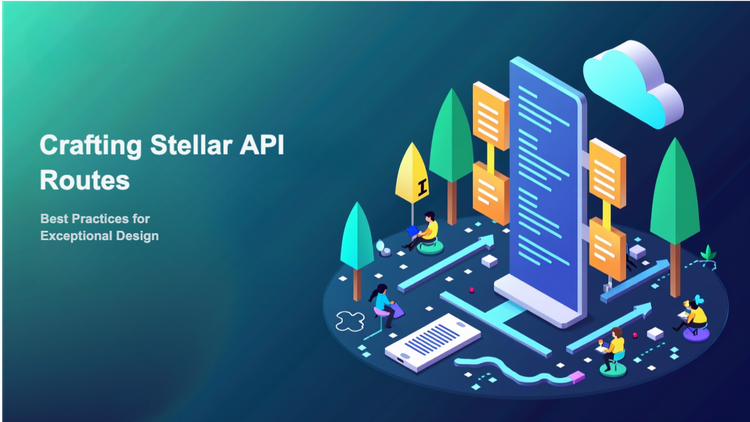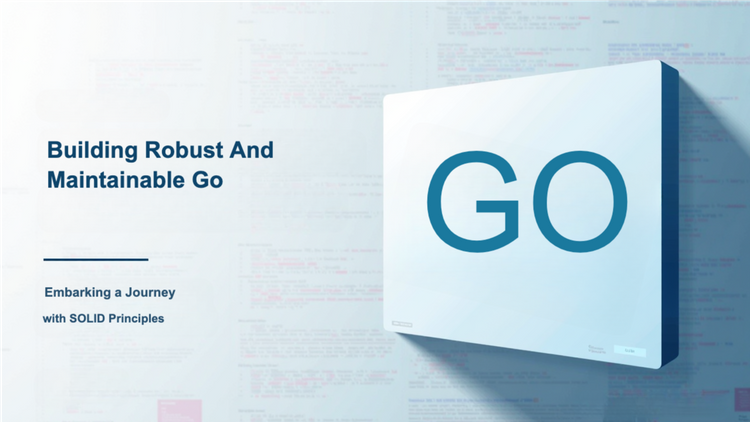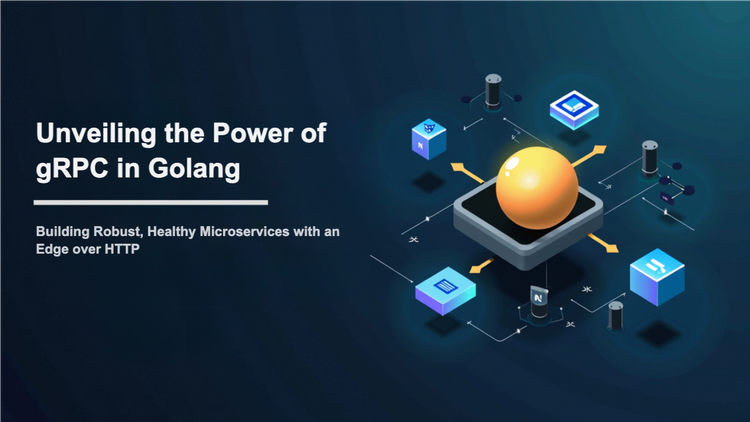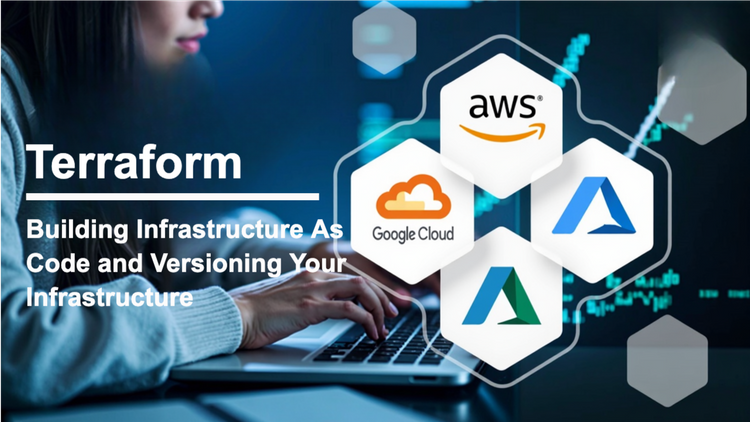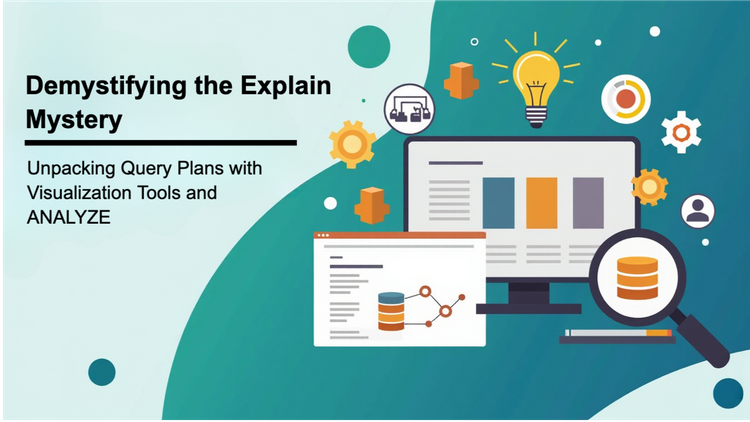Implementing a Multiple Schema Multi-Tenant System in GoLang
Managing multiple tenants or clients within a single database infrastructure can be a complex task. Fortunately, GoLang provides the necessary capabilities to implement a multiple schema multi-tenant system effectively. By leveraging GoLang's concurrency and database interaction features, developers can create scalable and efficient multi-tenant applications.
Understanding the Multi-Tenant Architecture
Before delving into the code, it's crucial to grasp the fundamental concepts of a multi-tenant architecture. In this architecture, multiple tenants share a common database infrastructure but operate within isolated environments. Each tenant has its own schema, ensuring data segregation and preventing conflicts.
Choosing a Database Driver
When building a multi-tenant application in GoLang, selecting an appropriate database driver is essential. Popular options include:
- database/sql: The standard library package provides a generic interface for interacting with SQL databases.
- GORM: A higher-level object-relational mapping (ORM) framework that simplifies database operations and reduces boilerplate code.
- Ent: A powerful ORM framework with schema migration and code generation capabilities.
Establishing Database Connections
To interact with the database, GoLang applications utilize database connection pools. These pools manage a pool of connections, enabling efficient reuse and reducing the overhead of creating new connections for each request.
Creating Tenant-Specific Schemas
The core of a multi-tenant system lies in managing multiple schemas. Each tenant should have its own schema to isolate data and prevent conflicts. This can be achieved by dynamically setting the search path in the database driver based on the tenant identifier.
Implementing Data Access Layer
The data access layer (DAL) encapsulates database interactions, providing a consistent interface for retrieving, storing, and manipulating data. In a multi-tenant system, the DAL should be responsible for routing data operations to the appropriate tenant schema.
Handling Tenant Identification
Identifying the tenant associated with each request is crucial for isolating data and routing operations to the appropriate schema. This can be achieved through various methods, such as:
- Request headers: Embedding tenant information in HTTP request headers.
- URL parameters: Including tenant identification in URL parameters.
- Custom middleware: Utilizing middleware to intercept requests and extract tenant information.
Enforcing Data Isolation
Data isolation is paramount in a multi-tenant system to prevent unauthorized access and maintain data integrity. This can be achieved through various mechanisms, including:
- Access control lists (ACLs): Defining permissions for each tenant to restrict access to specific data.
- Row-level security (RLS): Enforcing access rules based on user roles and tenant associations.
- Data masking: Obfuscating sensitive data to protect it from unauthorized exposure.
Testing and Deployment
Thorough testing is essential to ensure the correctness and reliability of a multi-tenant system. Comprehensive unit, integration, and end-to-end tests should be employed to validate data isolation, access control, and overall application functionality.
Deployment strategies for multi-tenant systems vary depending on the specific infrastructure and requirements. Options include using containerization platforms like Docker and Kubernetes, cloud-based deployment services, or self-managed server environments.
Conclusion
Building a multi-tenant system in GoLang requires careful consideration of data isolation, tenant-specific schemas, and effective database interaction. By following best practices and utilizing appropriate tools, developers can create scalable and secure multi-tenant applications that empower multiple users to share a common infrastructure while maintaining data privacy and integrity.

